A shimmering, ghostly self-portrait by Barbara Hepworth is to be publicly displayed for the first time, featuring in a retrospective that aims to celebrate one of Britain’s most important 20th century sculptors and reassert her international significance.
Tate Britain announced details of what will be the first big London show of her work since 1968, bringing together more than 70 works including the major abstract carvings and bronzes for which she is best known.
It will also include unseen photographs from the Hepworth archive – now looked after by Tate – which include the self-portrait, or to be more technically accurate, a self-photogram she created in the 1930s by placing her head on photographic paper and exposing it to light.
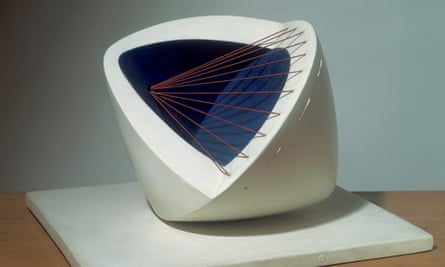
Sophie Bowness, the artist’s granddaughter, said the photogram was a special object because Hepworth only ever made one painted self-portrait. “It is a very beautiful thing in the flesh.”
The photogram is among experimental photographic collages and double exposures that will go on display for the first time, shining fresh light on the importance of photography to Hepworth’s work.
The show’s co-curator, Chris Stephens, said the photographs had been known about “but I don’t think anyone has really recognised how important they were.”
The collages going on display were first published in an issue of Architectural Review in 1939. They were made by Hepworth cutting out photographs of her sculptures, such as Forms in Echelon 1938, Helicoids in Sphere 1938 and Two Forms 1938, and placing them on photos of modernist buildings and landscapes.

Stephens said Hepworth was “as important as anybody” when looking at the broader context of 20th century British sculpture – although she is often overshadowed by Henry Moore.
“The comparison with Moore is unfortunate because they’re quite different artists,” he said. “Her work is more refined, more abstract.”
Penelope Curtis, the director of Tate Britain who is co-curating with Stephens, said a central aim of the exhibition was to emphasise Hepworth’s prominence in the international art world – she was more than being a great British artist. “She has very much been linked either to Cornwall [where she later lived] or to Yorkshire [where she was born] in a way Moore never has been to Hertfordshire. We really want to place her not just on the national but the international stage.” There will be works in the show that both Curtis and Stephens had searched in vain for while researching previous Hepworth shows.
“Having spent a lot of time looking for lost sculptures for past projects, it is wonderful to have the opportunity to come back in the age of Google and find what might have taken five years to track down or not, can take you a few days or weeks,” Stephens said.
Hepworth became one of the most successful sculptors in the world and her art can still be seen in many prominent places. Her work Single Form, for example, remains outside the UN building in New York.
Hepworth is still closely linked with St Ives, moving there with her then husband Ben Nicholson during the second world war to escape the London Blitz. She worked in the town right up to her death in a fire in 1975.
After London, the Hepworth show will tour to the Kroller-Muller museum in Otterlo, the Netherlands, where Hepworth had an important retrospective in 1965; and then to the Arp Museum in Rolandseck, Germany, between May and August 2016.
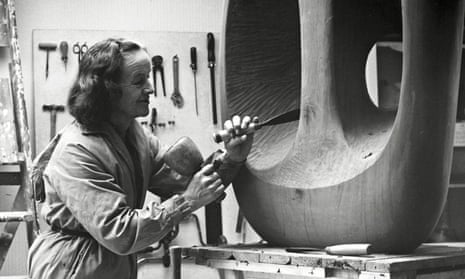

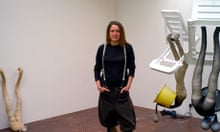
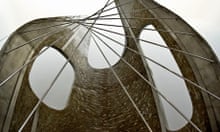

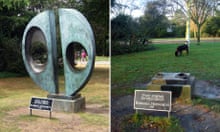
Comments (…)
Sign in or create your Guardian account to join the discussion